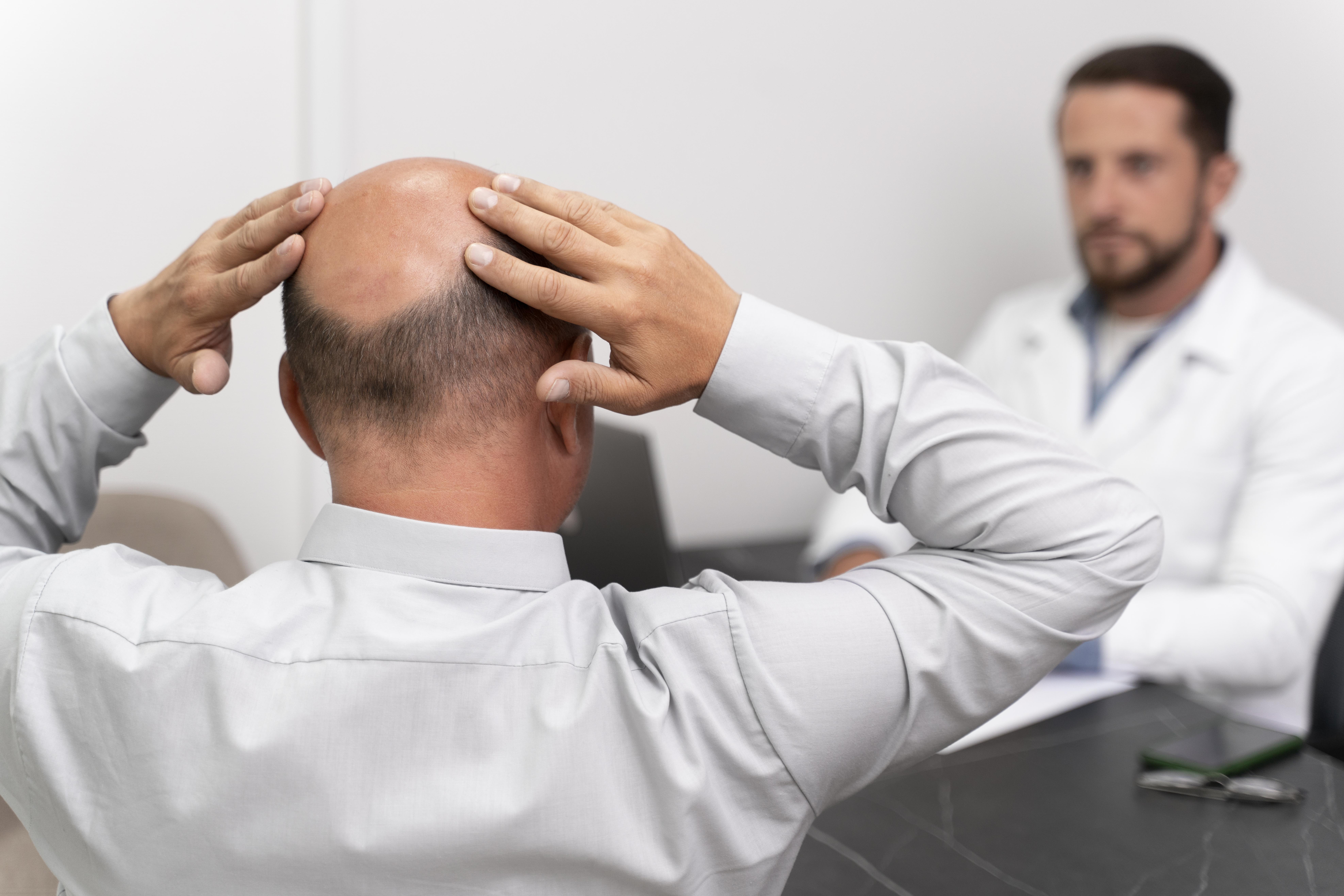A hair transplant can sometimes result in unexpected outcomes, regardless of whether FUE or DHI methods are used, often due to overlooking crucial factors such as choosing the right clinic or doctor, performing the procedure correctly, and carefully following post-operative instructions. For those who end up with unsatisfactory results, research into solutions becomes the next step, though in some cases correction may be impossible. However, there are situations where revision is possible, offering hope. When performed properly, a hair transplant is a life-changing procedure, but poor techniques, inexperienced surgeons, or unrealistic planning can lead to disappointment. Long Hair Center pays close attention to all the important factors that directly lead to a successful outcome. The good news is that, most of the time, a failed hair transplant does not have to be permanent. Modern methods can often make your hair look natural again and fix past mistakes. It is essential to identify the underlying causes of the unsuccessful hair transplant before considering a revision procedure. The following are some of the main causes: A hairline that has not been designed well is one of the most obvious problems in transplants that have gone wrong. During revision, surgeons can remove grafts that have been placed in the wrong place using a process called micromotor extraction. They can then put them back in more natural and logical places. The goal is to create a softer, age-appropriate hairline that goes well with the patient's face. This job is difficult, and you need the best surgeon who has lots of experience to do it. The Long Hair Center has done lots of similar operations and always been successful. If your hair transplant doesn't give you the full head of hair you wanted, you can have another session to make it fuller. This can be done with FUE or DHI to fill in any sparse spots. This helps the person to recover from the trauma of the first session. To fix the doll-like hairline or pluggy, grafts must be corrected by carefully removing and redistributing them into smaller, natural-looking units. In some cases, over-harvesting from the donor area can leave thin patches at the back of the scalp. Surgeons can use existing grafts in the best way or beard hair in some cases to make things even. To achieve better results, additional supportive therapies such as PRP and stem cell treatment, as well as medication such as minoxidil and finasteride, can help. Now, if we talk about the best time for a revision hair transplant, Long Hair Center always recommends waiting at least 13–15 months after the first procedure. If the results are still not as expected after this period, then it is better to consider a new revision hair transplant. Start with a consultation with our experienced and qualified doctor to find the right solution and correct any mistakes made in the first attempt. The most common reasons for a hair transplant not working:
Proven strategies to successfully revise a failed hair transplant.
1- Reshaping the hairline:
2- Density booster with adding more grafts:
3- Fixing Pluggy, Doll-Like Hairline Results:
4- Fixing Donor Area Damage:
5- Non-surgical treatment alongside the main fixing surgery:
How to Correct a Failed Hair Transplant: Revision Strategies



 Deutsch
Deutsch
 English
English
 français
français
 italiano
italiano
 Türkçe
Türkçe
 русский
русский
 한국어
한국어

